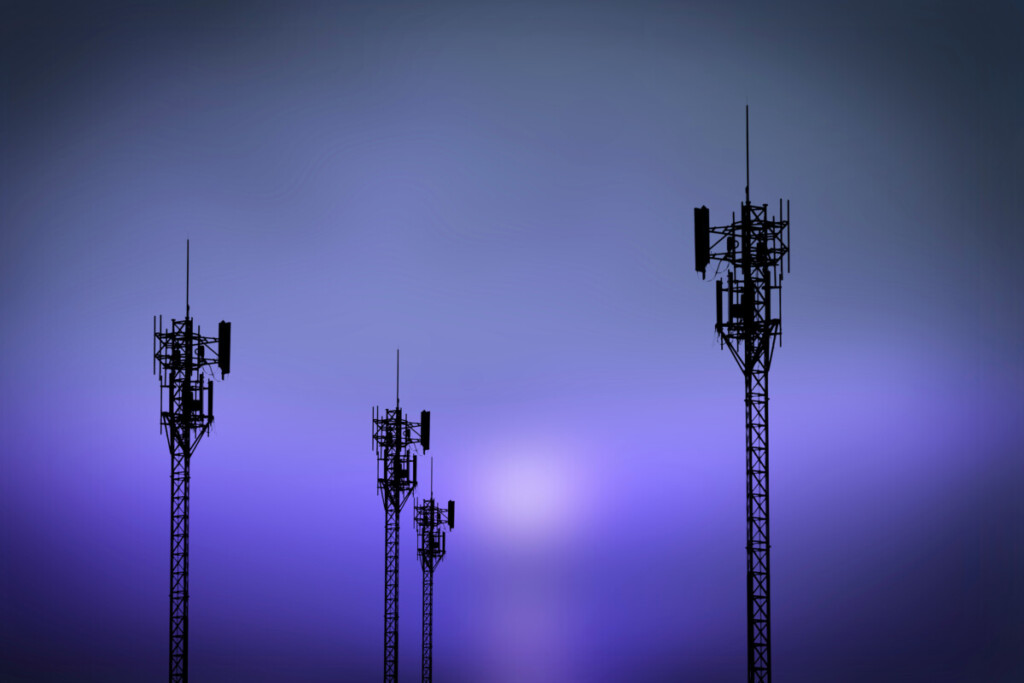4 Questions To Ask Before Launching a Global IoT Deployment

When you deploy your IoT solution, you want your network to work anywhere and everywhere. A traveling device should stay connected when it crosses a border, and a stationary device should function the same whether it is in China or Argentina. However, there are a number of factors that must be considered to enable this kind of global IoT connectivity.
Here are a few to consider:
Do You Have the Right IoT Connectivity Partner?
It may seem an obvious point, but not all cellular carriers operate in all countries. Some, like T-Mobile, operate internationally and can support deployments on multiple continents, while others, like US Cellular, are limited to the United States. This begs the question of how to select a carrier when deploying globally.
There are generally three guidelines in this case:
- Select a carrier that operates in all countries where devices are going to be deployed. This is often easier said than done, as there is no one carrier with truly global IoT coverage. Global data plans from large MNOs also tend to be more expensive than working with an MVNO in a specific country.
- Use multiple networks across the countries of deployment. This can add layers of complication with multiple contracts, introduce new potential technical failure points to any project, and require additional testing to ensure your device works smoothly across each carrier.
- Use a roaming SIM card. Roaming SIM cards, such as Soracom’s Air SIM, allow seamless integration of multiple carrier networks, all with a single contract and billing agreement, and are just as capable as dedicated carrier SIMs. This is often the most convenient option for a truly global deployment.

Are Your Devices Compatible With the Right Bands?
Cellular networks operate on specific radio frequencies or “bands.” Some are shared between carriers, while others may be carrier-specific in a country. Most importantly, carriers often operate on different bands in different countries.
For example:
| Carrier | Supported LTE Bands |
| Vodaphone (UK) | B1 (2100 MHz),B3 (1800 MHz),B7 (2600 MHz),B8 (900 MHz),B20 (800 MHz),B32 (1500 MHz Suppl. DL),B38 (2600 MHz) |
| Vodaphone (Turkey) | B3 (1800 MHz),B7 (2600 MHz),B8 (900 MHz),B38 (2600 MHz) |
Band compatibility is a hardware specification, meaning it relies upon the device’s antenna to be able to communicate on these frequencies. While it is possible for device settings to limit the bands being used or searched by a device, it is not possible for software changes to increase the number of bands an antenna can use. These specifications are usually outlined on a device’s specification sheet, listed as “compatible bands” or “carrier frequencies.
Because of these international differences, customers must be sure their device will be compatible in all countries in which it is being deployed or else use multiple SKUs of the same device deployed in their respective compatible countries.
Do You Have the Appropriate Certifications For Your Global IoT Deployment?
Connected devices are required to obtain certifications in order to operate on cellular networks. These certifications, like bands, differ by carrier and from country to country. For example, in North America, the minimum required cellular certification comes from the FCC and ensures that a device with embedded wireless modules operates in accordance with US cellular standards. Devices without this certification are not allowed to be sold in the US. Whereas, in Europe, instead of FCC certification, devices are required to be CE certified for sale and use.
In addition to the minimums, there are additional recommended certifications, such as PTCRB in North America or GCF in Europe. There are even carrier-specific certifications, such as the AT&T network certification.
As such, before designing and deploying a device, it is essential to consider what region or carrier-specific certifications will be required and what limitations those certifications impose.

Do You Know the Best Radio Access Technology (RAT) For Your Deployment?
Radio Access Technologies, or RATs, is the name given to different classifications of wireless communication, such as 5G, LTE, or LTE-M. While it may seem tempting to always choose the newest and most advanced RAT as the primary communication method for your deployment, it is essential to consider whether or not this technology is deployed widely within the country of deployment and, further, whether the specific area of the country in question is covered.
For example, take the two coverage maps below:
| O2 UK LTE-M Coverage | T-Mobile US NB-IoT Coverage |
These maps demonstrate that, while these technologies may be available in your desired region, there are still dead zones of coverage that will exist while their deployment progresses. In the case of the T-Mobile NB-IoT map, this is a complete deployment that simply does not cover the entirety of the United States.
It is also important to note that many carriers have begun sunsetting their 2G and 3G networks in many countries. If you plan to deploy with either of these RATs, it is important to decide if it is an acceptable risk to use a technology that is currently in its End of Life stages.
As with certifications and bands, there can be no single rule as to what RAT to use for your global IoT deployment, but generally, it is wise to have a device that supports multiple RATs if you expect it to be mobile or deployed in multiple countries.
Smart Connectivity is Key to Global Deployments
When taking your deployment global, it is essential to consider these factors as early in production as possible. Fortunately, Soracom’s experience as a roaming provider supporting a multitude of global deployments means that our Solutions Architects and Support Engineers are capable of guiding you through these concerns to reach the most efficient solution possible.
………….
Do you have questions about an IoT project? Speak with one of our experts today to learn how Soracom has helped more than 20,000 innovators deploy, scale, and secure their IoT projects.




